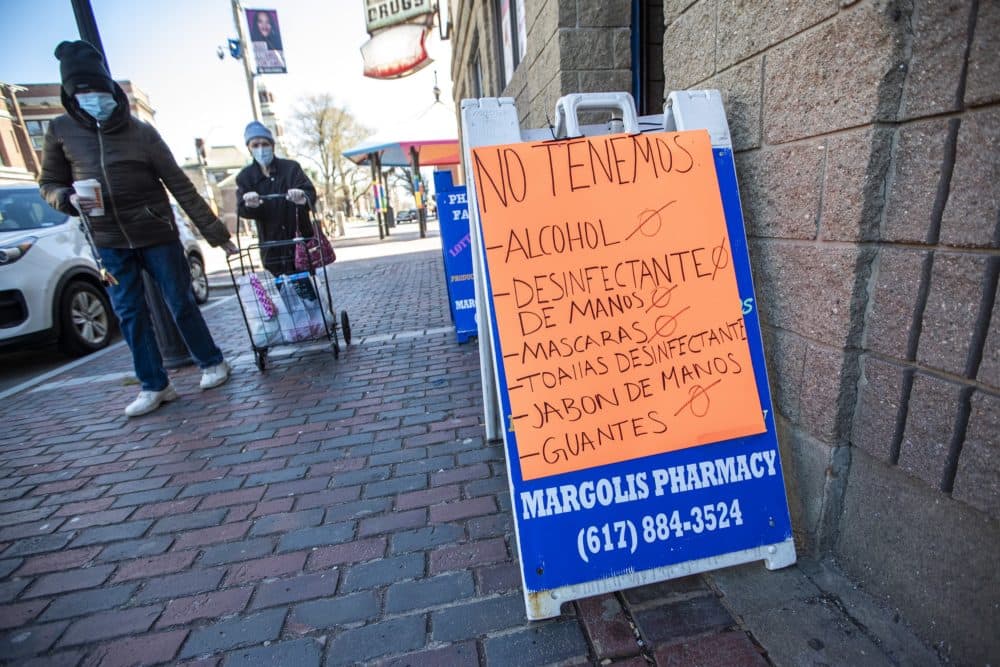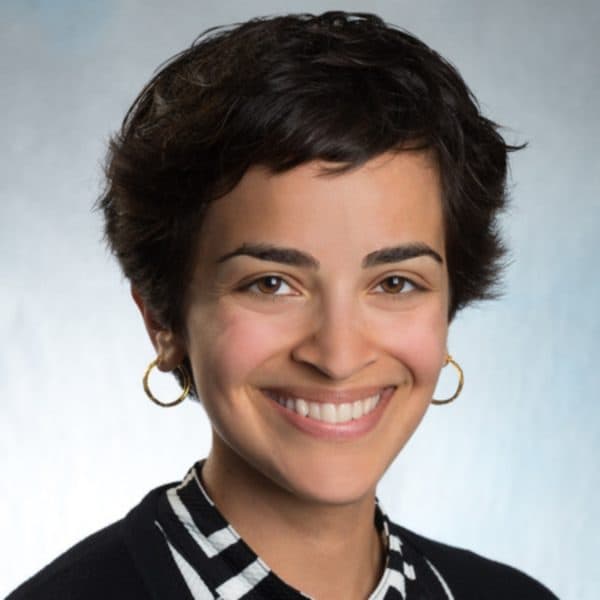Advertisement
Commentary
My Sickest COVID-19 Patients Are Alone, Unable To Breathe Or Speak English

Imagine not being able to breathe, not being able to speak English, and being told you need to be intubated when you arrive alone in the emergency department. Unfortunately, as an emergency physician, this is what I am seeing far too frequently these days.
One of the triage nurses rolled in a middle-aged Spanish-speaking patient into our emergency critical care area in a wheelchair. Underneath a winter jacket, the patient’s torso was quickly expanding and contracting with every breath. COVID-19, I thought, immediately, from 10 feet away. The registrar started asking questions in English. The patient responded, “Español, hablo español.”
I hurried over, introduced myself as their doctor, and wheeled them into a room. When I helped them stand and pivot into a stretcher, they almost collapsed. They had all the telltale symptoms: a dry cough, fevers and shortness of breath. Their oxygen level was 74% — far below the normal of 95 to 100%. A nurse and I placed the patient on oxygen and learned that everyone else at home had the same symptoms. The patient was going to need to be intubated.
I started a discussion with the patient about a breathing tube, using the same language I have used with almost all of my patients this week: “I am worried that you are very sick, most likely with coronavirus. Your oxygen level is very, very low, even though we are giving you oxygen through the mask.”
The words spilled out of my mouth in Spanish in a script that had become so hauntingly familiar.
“Many people with coronavirus get much worse before they get better. The next step is to put in a breathing tube so we can get more oxygen to your lungs. We will give you medications to help you sleep, put in the tube and connect you to a ventilator. Then we will admit you to intensive care. Do you agree? Estás de acuerdo?
The words spilled out of my mouth in Spanish in a script that had become so hauntingly familiar.
The patient received the news stoically, nodding beneath the oxygen mask.
“Is there anyone you want to call now, before we give you the medications to help you sleep?” I asked. The patient shook their head. “Do you want me to call your family?”
They pulled out their phone and showed me the number of acquaintances in their building. The patient was from Central America and had no family in the area.
We jotted the phone number onto a notecard. And then it was time to intubate.
The conversation was my best attempt at communicating a life or death situation within minutes. As emergency physicians, we have to act quickly, before the patient in front of us decompensates, and before the next sick patient rolls through the door. At Massachusetts General Hospital, before COVID-19, we probably intubated one to three patients over a typical 24-hour period. That day, our team performed 10 back-to-back intubations of patients with suspected coronavirus. I fear that this is becoming our new normal.
This week, I have witnessed coronavirus afflicting Hispanic people in East Boston too many times. This scenario repeats itself in my daily clinical practice: A middle-aged, Spanish-speaking patient arrives in the Emergency Department. They have multiple sick contacts in apartments that are multi-generational and shared with many other people. They work in industries with high community exposure and must continue to do so or they will lose their jobs. I see them when coronavirus has ravaged their lungs and they need intensive care.
Advertisement
COVID-19 lays bare the ways that our society produces vulnerability on the basis of class, race, disability and other social factors. Physicians, politicians, and journalists across the United States are drawing our attention to those who disproportionately bear the burden of coronavirus. In Illinois, North Carolina, and Michigan, to name a few places, African Americans face higher rates of coronavirus than the rest of the population. Across the United States, the working class faces greater barriers to self-isolation and quarantine than the wealthy.
I pray that they will recover and wean from the ventilator. And I pray that their families will hear their voices again.
Currently, daily reports from the Massachusetts Department of Public Health about confirmed cases of coronavirus do not include racial or ethnic demographics. Within my hospital, an estimated 35 to 40% of patients with coronavirus are Latino. As others are advocating, we need to collect demographic information about who is suffering and dying from coronavirus. This information will not only further our understanding of this pandemic, but also shape our interventions to prevent its devastating impact on marginalized communities — from hospital-based virtual outreach to neighborhoods at high risk to government provision of temporary housing isolation options.
In the meantime, all the Hispanic patients I saw from East Boston this week remain in the intensive care unit. I pray that they will recover and wean from the ventilator. And I pray that their families will hear their voices again.
The author’s views are personal opinions and do not reflect the views of her institutions. Potentially identifiable patient characteristics are not included to maintain confidentiality.
